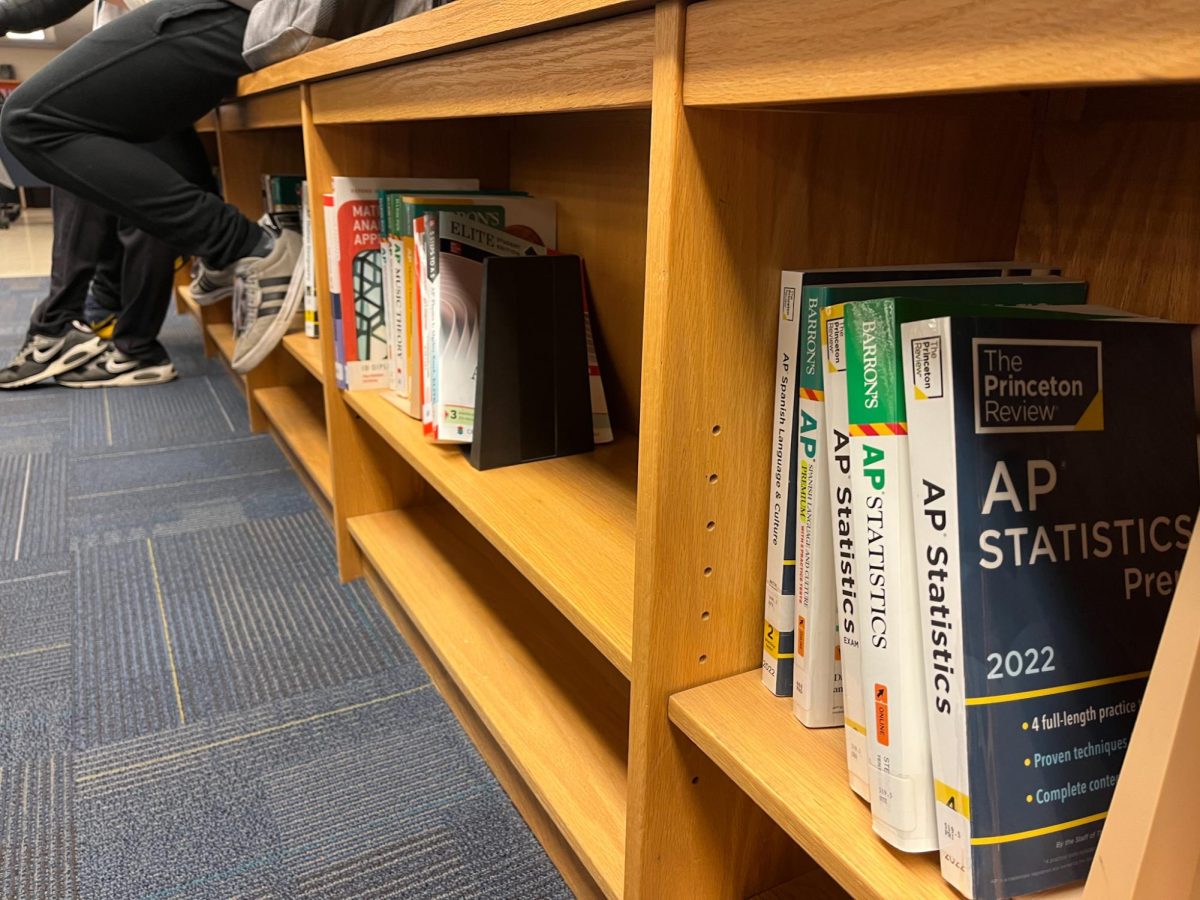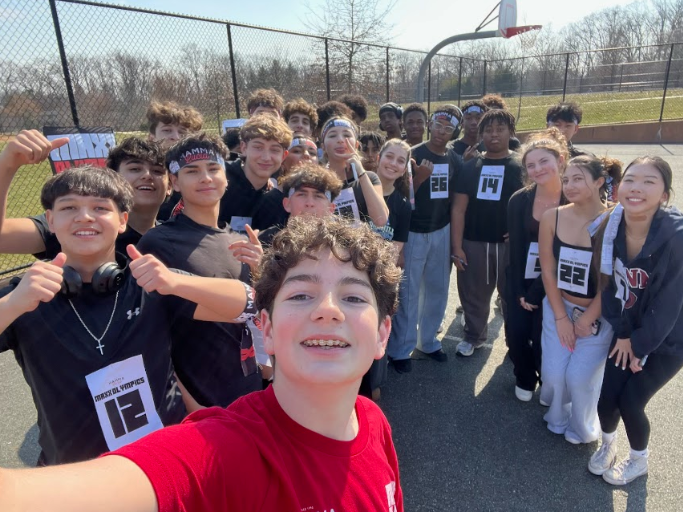A psychological addiction such as cutting or burning can be just as powerful and dangerous as a physical one like smoking cigarettes. An addiction to self-harm overpowers the brain and takes control of the body. When teenagers bottle up their feelings, they sometimes take it out on themselves, and once they start, they often cannot stop.
What many teenagers do not know is that they are not alone in how they feel.
According to the website, To Write Love on her Arms, which is dedicated to raising awareness for self-harm and suicide prevention, more than four percent of the population has self-harmed.
In many cases, adolescents self-harm because they are influenced by an outside source.
“Sometimes young people don’t think to cut until they read about it in a book or see it on a TV show and realize that they can do that too,” said Dr. Albert Zachik, the Children’s Mental Health Director of Maryland. “It’s a copy-cat effect.”
Some other reasons behind self-harm include loneliness, anxiety, depression or an inability to express feelings. Cutting or burning may relieve stress or make people feel in control of their life.
“I do it to relieve stress,” said sophomore Chloe, who asked that her real name not be used. “It’s the only pain I can control. I get angry with everyone, and I feel like it takes it away.”
School pressure is one of the main reasons that high school students self-harm.
“Often, student concerns are related to workload and the stress of rigorous classes,” assistant school administrator John Taylor said. “The school can assist by working with teachers to reduce these.”
In reality, self-harm can add stress to everyday difficulties. Students may find it taxing to hide scars from loved ones and struggle through the pain that they endure due to the cuts or burns on their skin.
“You shouldn’t do it,” Chloe said. “It’s really impulsive and there are a lot of long-term consequences. I have a lot of scars. The worst is having to wear certain clothes to cover up and it’s embarrassing. It limits things you’d normally be able to do.”
Not only is cutting addictive, but after someone starts, they are likely to realize it makes them feel worse instead of better.
“I thought it would help by taking my mind off bad things and focusing on something else,” said sophomore Sarah*, who also asked that her real name not be used. “It didn’t help. It just made it worse.”
CHS students and staff can help reduce this epidemic. For example, they can create a more supportive environment where people who self-harm are encouraged to seek help.
“People have nobody to talk to,” said sophomore Michael, who asked that his real name not be used. “CHS should have a more open environment where guidance counselors go out and help more people.”
Guidance counselors are trying to be more welcoming so that students will come to them for help.
“Rather than kids coming to the counseling office, we can go to where students gather,” Lubenetski said. “I’m open to suggestions. We try not to be judgmental.”
Health classes can also aid in the effort by focusing on how to cope instead of emphasizing why self-harm is wrong.
“In health class, instead of lingering on and on about the bad topics like self-harm, they should talk about realistic coping methods people will actually use,” Sarah said.
Some students feel the administration is trying to help, but failing.
“A teacher talked to me one day,” Sarah said. “The administrators made it worse. They made me feel like an idiot for what I was doing and the way they looked at me made me feel like dirt.”
Not only are administrators working to help students under these circumstances, but they are also willing to work on recognizing the problem and making it better.
“As admins, we do the best we can to understand and be empathetic in these situations,” Taylor said. “Knowing how to respond is what we work on with the counselors because that is what they are trained to do.”
Victims feel that staff needs to work harder to ensure students feel safe and respected when they discuss cutting and getting help.
“It is very important to make sure we don’t talk down to young people, and that we listen and try to understand,” Zachik said. “What they need is respect. They are being open to us.”







